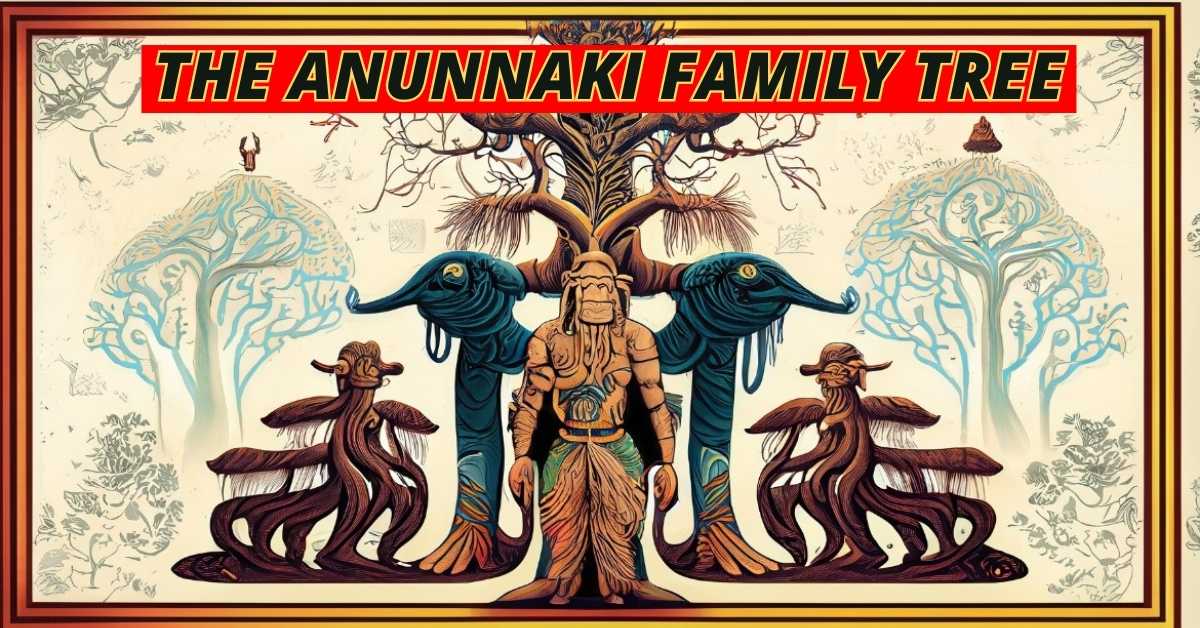The legend of the Minotaur, a mythical creature half-human and half-bull, has captivated the human imagination for centuries. Archaeologists, historians, and enthusiasts have long debated whether this creature was merely a product of folklore or had a basis in reality. Recent advancements in DNA analysis have opened up new avenues for investigating ancient mysteries and unlocking the secrets of our past. In this article, we explore how DNA analysis has shed light on the true identity of the Minotaur and its connection to the ancient civilization of Knossos.

The Legend of the Minotaur
The legend of the Minotaur dates back to ancient Greek mythology, originating from the tale of King Minos, the powerful ruler of Crete, and his wife, Queen Pasiphae. According to the myth, Pasiphae was cursed by the god Poseidon, leading to her unusual attraction to a magnificent bull. From their forbidden union, the Minotaur was born – a creature with the body of a man and the head of a bull. Fearing its monstrous nature, King Minos commissioned the construction of the labyrinth to imprison the Minotaur.
DNA Analysis Revolutionizing Archaeology
As technology has progressed, archaeologists have uncovered various sites that are believed to be the remnants of the labyrinth and the Minotaur’s domain. Through careful excavation and preservation of ancient skeletal remains, DNA samples have been obtained and subjected to rigorous analysis.
By comparing these ancient DNA profiles with modern genetic databases, researchers have made astounding breakthroughs in identifying the origins and relationships of these ancient individuals. Advancements in DNA analysis have revolutionized the field of archaeology, enabling researchers to extract and analyze genetic material from ancient remains.
This powerful tool has brought a new dimension to our understanding of the past, allowing us to connect with our ancestors in unprecedented ways.
Unraveling the Myth with DNA
By analyzing genetic samples from ancient bones and artifacts found in the ruins of Knossos, researchers have made remarkable discoveries. The DNA analysis revealed intriguing insights into the population of the time, their origins, and possible intermingling with other cultures.
The Labyrinth of Knossos
The ancient city of Knossos, located on the island of Crete, holds the key to uncovering the Minotaur’s true identity. Excavations at the site have unearthed a vast and intricate labyrinth that may have inspired the myth. DNA analysis of bones found within the labyrinth and its vicinity has provided crucial clues.
Discoveries and Findings
The DNA analysis of the remains found in the labyrinth has shown a unique genetic signature. Surprisingly, some skeletal remains showed a combination of human and bovine DNA, indicating the existence of human-animal chimeras in ancient times.
Insights into Ancient Civilizations in Knossos
The findings not only shed light on the Minotaur legend but also provide valuable insights into the ancient civilizations that thrived in Knossos. The genetic data suggest a diverse population with potential trade connections to distant lands.
Understanding Human-Animal Chimeras
The concept of human-animal chimeras has long been a subject of curiosity and ethical contemplation. DNA analysis allows us to understand the possible factors behind the emergence of such myths and their significance in ancient societies.
Ethical Considerations in DNA Analysis
While DNA analysis offers profound revelations, it also raises ethical concerns. Researchers must navigate delicate issues, such as respecting the deceased and ensuring the responsible use of genetic data.
The Significance of the Minotaur’s True Identity
The revelation of the Minotaur’s true identity adds a tangible aspect to an age-old legend. It reinforces the notion that myths often have roots in reality, albeit with embellishments over time.
Conclusion
DNA analysis has become an invaluable tool in unraveling historical mysteries, bridging the gap between mythology and reality. The identification of the Minotaur’s true identity highlights the power of science in understanding our past. As we continue to explore the realms of the ancient world, DNA analysis will undoubtedly play a crucial role in shaping our understanding of human history.
FAQs
- Q: How did DNA analysis lead to the discovery of the Minotaur’s true identity?
A: DNA analysis of ancient remains in Knossos revealed genetic evidence of human-animal chimeras, supporting the existence of the Minotaur. - Q: What is the significance of the Minotaur in Greek mythology?
A: The Minotaur represents a fearsome creature and has been a symbol of power and mystery in Greek mythology. - Q: How did the myth of the Minotaur impact ancient societies?
A: The myth of the Minotaur likely influenced cultural beliefs, religious practices, and artistic expressions in ancient civilizations. - Q: What ethical considerations are associated with DNA analysis in archaeology?
A: Ethical considerations in DNA analysis involve handling ancient remains with respect and ensuring responsible use of genetic data. - Q: What other ancient mysteries could DNA analysis potentially solve in the future?
A: DNA analysis holds the potential to shed light on various historical mysteries, including the origins of other mythical creatures and ancient lineages.
Shop amazing Anunnaki Merchandise at our store, Follow us on Facebook, Instagram, And For More Interesting Content Also Subscribe To Our Youtube Channel.






